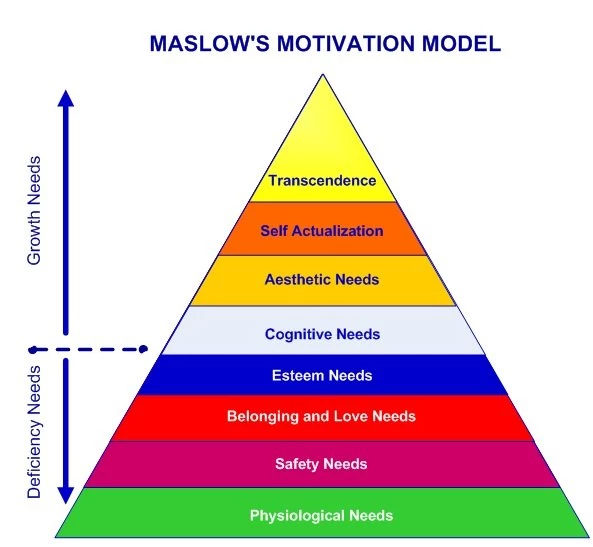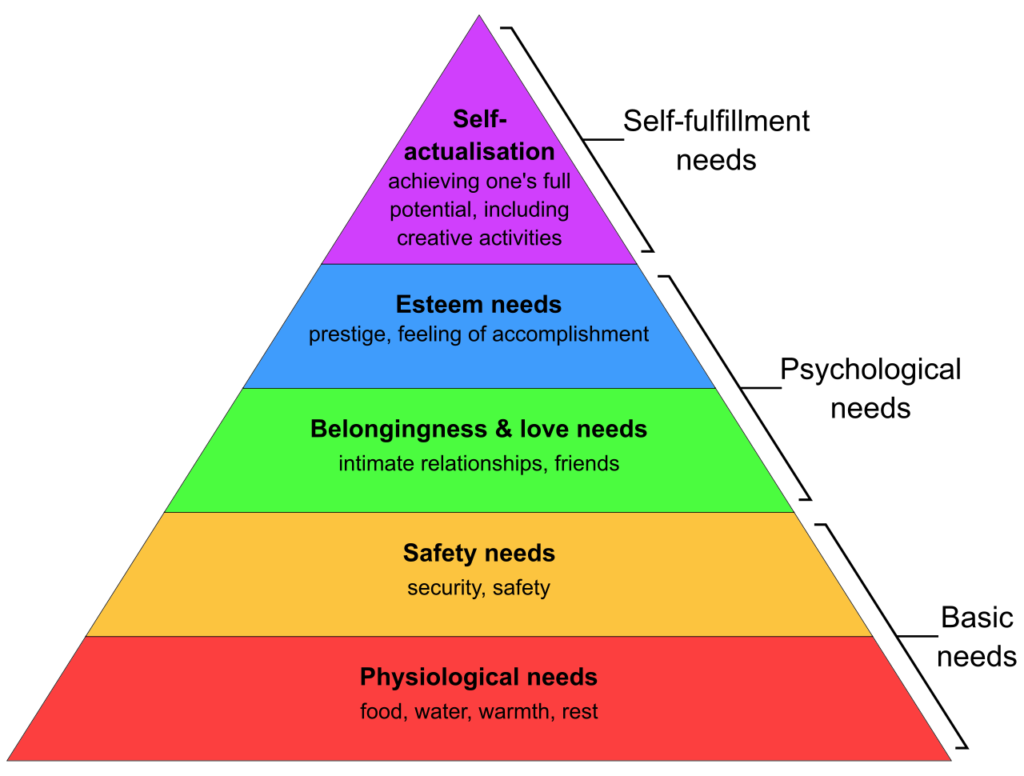-|2 Relationships ❤ -|2 Conversations -|2 Dating – 2❤22 – 12r.tv/relationships
? MeRRy, Happiness, Health: 1. Inner peace. 2. Getting satisfaction from helping and being a support for Others. Relations. 12R.tv❌✅ I wish You, Myself and Others, that at the end of next year each of us could say: “2022 was the best year of my life ??”. Marcin Ellwart
Happiness
The term happiness is used in the context of mental or emotional states, including positive or pleasant emotions ranging from contentment to intense joy.[1] It is also used in the context of life satisfaction, subjective well-being, eudaimonia, flourishing and well-being.[2]
Since the 1960s, happiness research has been conducted in a wide variety of scientific disciplines, including gerontology, social psychology and positive psychology, clinical and medical research and happiness economics.
Happiness’ is the subject of debate on usage and meaning,[3][4][5][6][7] and on possible differences in understanding by culture.[8][9]
The word is mostly used in relation to two factors:[10]
the current experience of the feeling of an emotion (affect) such as pleasure or joy,[1] or of a more general sense of ’emotional condition as a whole’.[11] For instance Daniel Kahneman has defined happiness as “what I experience here and now”.[12] This usage is prevalent in dictionary definitions of happiness.[13][14][15]appraisal of life satisfaction, such as of quality of life.[16] For instance Ruut Veenhoven has defined happiness as “overall appreciation of one’s life as-a-whole.”[17][18] Kahneman has said that this is more important to people than current experience.[19][20][21]
Some usages can include both of these factors. Subjective well-being (swb)[22] includes measures of current experience (emotions, moods, and feelings) and of life satisfaction.[nb 1] For instance Sonja Lyubomirsky has described happiness as “the experience of joy, contentment, or positive well-being, combined with a sense that one’s life is good, meaningful, and worthwhile.”[23] Eudaimonia,[24] is a Greek term variously translated as happiness, welfare, flourishing, and blessedness. Xavier Landes[25] has proposed that happiness include measures of subjective wellbeing, mood and eudaimonia.[26]
These differing uses can give different results.[27][28] For instance the correlation of income levels has been shown to be substantial with life satisfaction measures, but to be far weaker, at least above a certain threshold, with current experience measures.[29][30] Whereas Nordic countries often score highest on swb surveys, South American countries score higher on affect-based surveys of current positive life experiencing.[31]
The implied meaning of the word may vary depending on context,[32] qualifying happiness as a polyseme and a fuzzy concept.
A further issue is when measurement is made; appraisal of a level of happiness at the time of the experience may be different from appraisal via memory at a later date.[33][34]
Some users accept these issues, but continue to use the word because of its convening power.[35]
More – Wikipedia.org:
https://en.m.wikipedia.org/wiki/Happiness
Maslow’s hierarchy of needs


Maslow’s hierarchy of needs is an idea in psychology proposed by American Abraham Maslow in his 1943 paper “A Theory of Human Motivation” in the journal Psychological Review.[3] Maslow subsequently extended the idea to include his observations of humans’ innate curiosity. His theories parallel many other theories of human developmental psychology, some of which focus on describing the stages of growth in humans. He then created a classification system which reflected the universal needs of society as its base and then proceeding to more acquired emotions.[4] His theories, including the hierarchy, may have been influenced by teachings and philosophy of the Blackfeet tribe, where he spent several weeks prior to writing his influential paper.[5] The hierarchy of needs is split between deficiency needs and growth needs. The theory is usually shown as a triangle in illustrations.
The hierarchy of needs is a psychological idea but also a “… valuable assessment tool … “.[6] This tool is utilized in many fields that involve working and taking care of people such as but not limited to: health care workers, educators, social workers, life skill coaches, and many more. Maslow’s hierarchy pyramid is frequently used because it visualizes the needs that one must have met in order to reach self-actualization. This concept was created as Maslow “studied and observed monkeys … noticing their unusual pattern of behavior that addressed priorities based on individual needs”.[6] The two key elements involved within this theory is the individual and the priority, which connects them to intrinsic behavioral motivation.
Maslow’s hierarchy of needs is used to study how humans intrinsically partake in behavioral motivation. Maslow used the terms “physiological”, “safety”, “belonging and love”, “social needs” or “esteem”, and “self-actualization” to describe the pattern through which human motivations generally move. This means that in order for motivation to arise at the next stage, each stage must be satisfied within the individual themselves. Additionally, this hierarchy is a main base in knowing how effort and motivation are correlated when discussing human behavior. Each of these individual levels contains a certain amount of internal sensation that must be met in order for an individual to complete their hierarchy.[4] The goal in Maslow’s hierarchy is to attain the fifth level or stage: self-actualization.[7]
Maslow’s idea was fully expressed in his 1954 book Motivation and Personality.[8] The hierarchy remains a very popular framework in sociology research, including management training[9] and higher psychology instruction. Maslow’s classification hierarchy has been revised over time. The original hierarchy states that a lower level must be completely satisfied and fulfilled before moving onto a higher pursuit. However, today scholars prefer to think of these levels as continuously overlapping each other. This means that the lower levels may take precedence back over the other levels at any point in time.[4]
https://en.m.wikipedia.org/wiki/Maslow%27s_hierarchy_of_needs
Health
Health, according to the World Health Organization, is “a state of complete physical, mental and social well-being and not merely the absence of disease and infirmity”.[1] A variety of definitions have been used for different purposes over time. Health can be promoted by encouraging healthful activities, such as regular physical exercise and adequate sleep,[2] and by reducing or avoiding unhealthful activities or situations, such as smoking or excessive stress. Some factors affecting health are due to individual choices, such as whether to engage in a high-risk behavior, while others are due to structural causes, such as whether the society is arranged in a way that makes it easier or harder for people to get necessary healthcare services. Still other factors are beyond both individual and group choices, such as genetic disorders.
More:
https://en.m.wikipedia.org/wiki/Health
Independence
Independence is a condition of a person, nation, country, or state in which residents and population, or some portion thereof, exercise self-government, and usually sovereignty, over its territory. The opposite of independence is the status of a dependent territory.
Definition of independence
Whether the attainment of independence is different from revolution has long been contested, and has often been debated over the question of violence as legitimate means to achieving sovereignty.[2] In general, revolutions aim only to redistribute power with or without an element of emancipation, such as in democratization within a state, which as such may remain unaltered. For example, the Mexican Revolution (1917) chiefly refers to a multi-factional conflict that eventually led to a new constitution; it has rarely been used to refer to the armed struggle (1821) against Spain. However, some wars of independence have been described as revolutions, such as the ones in the United States (1783) and Indonesia (1949), while some revolutions that were specifically about a change in the political structure have resulted in breakaway states. Mongolia and Finland, for example, gained their independence during the revolutions occurring in China (1911) and Russia (1917) respectively. Causes for a country or province wishing to seek independence are many, but most can be summed up as a feeling of inequality compared to the dominant power. The means can extend from intended peaceful demonstrations as in the case of India (1947), to a violent war as in the case of Algeria (1962). In some cases, a country may also have declared independence, but may only be partially recognized by other countries; such as Kosovo (2008), whose independence Serbia, from which Kosovo has seceded, has not recognized.[3][4][5]
https://en.m.wikipedia.org/wiki/Independence
English language
English is a West Germanic language that was first spoken in early medieval England and eventually became a global lingua franca. It is named after the Angles, one of the ancient Germanic peoples that migrated to the area of Great Britain that later took their name, England. Both names derive from Anglia, a peninsula on the Baltic Sea. English is most closely related to Frisian and Low Saxon, while its vocabulary has been significantly influenced by other Germanic languages, particularly Old Norse (a North Germanic language), as well as Latin and French.
https://en.m.wikipedia.org/wiki/English_language
List of territorial entities where English is an official language
The following is a list of territories where English is an official language, that is, a language used in citizen interactions with government officials. As of 2019, there were 55 sovereign states and 27 non-sovereign entities where English was an official language. Many country subdivisions have declared English an official language at the local or regional level.
https://en.m.wikipedia.org/wiki/List_of_territorial_entities_where_English_is_an_official_language
Let’s help!
Thanks!